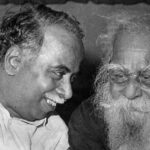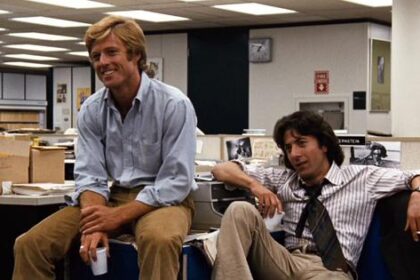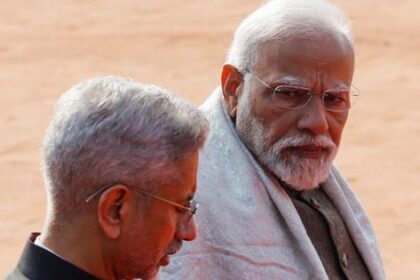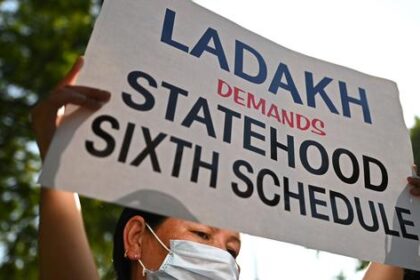Paul Thomas Anderson’s film blends radical protest and familial bonds in a chaotic American landscape.
Paul Thomas Anderson’s latest film, One Battle After Another, features a cast that includes Leonardo DiCaprio, Sean Penn, Teyana Taylor, Chase Infiniti, and Benicio Del Toro. The narrative unfolds in a carnivalesque manner, exploring radical protest in America through the lens of a father-daughter relationship. The story begins sixteen years ago with the leftist militant group French 75, whose members scattered following a failed insurrection. Perfidia, portrayed by Teyana Taylor, betrayed some of her comrades and vanished, leaving her husband Bob, played by DiCaprio, and their daughter Willa, played by Chase Infiniti, behind.
In the present timeline, Bob, often under the influence of substances, grapples with the challenges of single parenthood. When military colonel Lockjaw, portrayed by Sean Penn, seeks out Willa, Bob realizes he must get his life back on track. To rescue his daughter, he teams up with karate instructor Sergio, played by Benicio Del Toro, and Deandre, a fellow member of French 75, portrayed by Regina Hall. Bob’s ties to French 75 lend him a certain credibility, but his substance use has impaired his memory, making it difficult for him to recall the crucial password needed to access the group’s bureaucratic network.
Anderson’s screenplay, influenced by Thomas Pynchon’s novel Vineland, incorporates elements of satire and screwball comedy. The characters often serve as caricatures, such as the overly sexualized Perfidia, the hapless Bob, and the stern Lockjaw, while Sergio embodies an exaggerated sensei persona. The film raises questions about betrayal and the high costs associated with dissent, all while maintaining a chaotic atmosphere. It juxtaposes the epic and the intimate, offering moments of brutality alongside tenderness, and balancing humor with sorrow.
Throughout the film, there are visual and thematic nods to other works, including a scene from Gillo Pontecorvo’s classic The Battle of Algiers, which highlights the contrast between the romanticism of rebellion and the stark realities of warfare. At times, the film’s messaging can feel overt, as evidenced by the symbolic tattoo on one of Willa’s tormentors. Nevertheless, One Battle After Another maintains a relentless pace filled with action and dynamic sequences, all captured beautifully by cinematographer Michael Bauman. The film is shot on 35mm stock with wide-screen cameras, creating a visually stunning experience that traverses both underground and urban landscapes.
The poignant bond between Bob and Willa lies at the core of this tightly edited narrative, masterfully put together by editor Andy Jurgensen. Chase Infiniti delivers a remarkable performance as Willa, while DiCaprio shines as an earnest yet forgetful revolutionary. His performance is reminiscent of his earlier acclaimed roles. Sean Penn and Benicio Del Toro also deliver standout performances, seamlessly combining humor with gravitas. Individual scenes resonate deeply, such as moments shared by Perfidia and Bob with infant Willa, and Sergio’s expressive dance on a highway. The film captures the essence of rebellion, showcasing anti-establishment sentiments that cross generational lines, and ultimately conveys a sense of both timely and timeless relevance.








